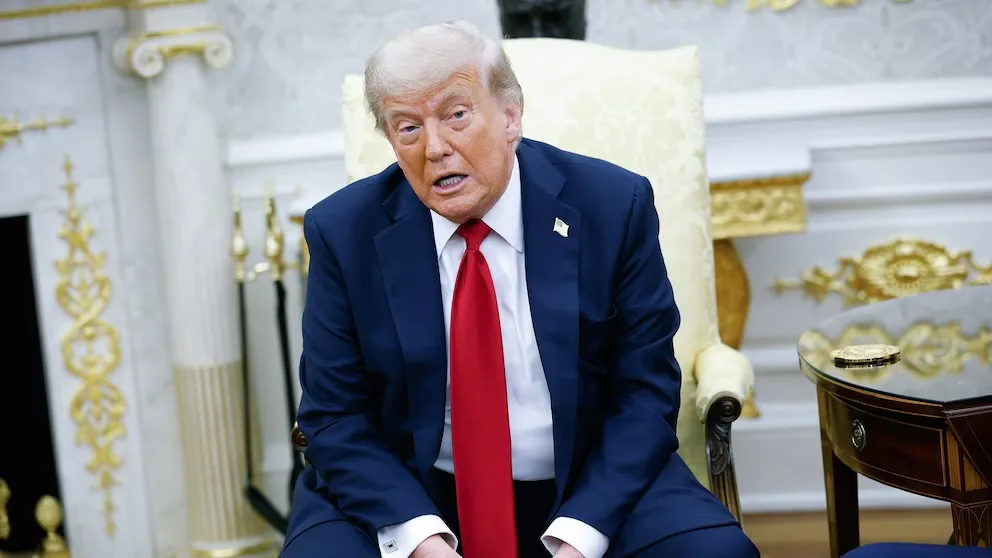WASHINGTON D.C. – July 14, 2025 –
President Donald Trump is set to unveil a significantly more aggressive plan to arm Ukraine, marking a notable departure from his administration’s previous stance on the ongoing conflict with Russia. The impending announcement, expected to include a substantial new weapons package for Kyiv, has sparked intense debate among international observers and policymakers.
Sources close to the White House indicate that the package will feature offensive weapons, long-range missiles, and advanced air defense systems such as Patriot batteries. This move comes after a period of what appeared to be a more restrained approach to military aid, with some previous weapons deliveries to Ukraine reportedly paused due to concerns about dwindling US stockpiles.
A Shift in Strategy
For months, President Trump had largely resisted calls for escalating the conflict by limiting U.S. support primarily to defensive weaponry. However, recent statements from the President and his administration suggest a growing frustration with Russian President Vladimir Putin‘s refusal to engage in meaningful peace negotiations and the continued escalation of missile and drone attacks on Ukrainian cities.
“We will send them Patriots, which they desperately need,” President Trump told reporters on Sunday at Joint Base Andrews, signaling a clear intent to bolster Ukraine’s air defense capabilities. He further hinted that the new arms deal would be “business for us,” with European allies expected to “pay us 100 percent for them.”
This proposed funding mechanism, where European nations purchase US-made weapons for transfer to Ukraine, aims to replenish the besieged country’s supplies while simultaneously benefiting the American defense industry. NATO Secretary-General Mark Rutte, who is scheduled to meet with President Trump today, is expected to play a key role in facilitating this arrangement, with countries like Germany, Finland, Canada, Norway, Sweden, the United Kingdom, and Denmark reportedly among the potential buyers.

Peace Through Strength” and Diplomatic Leverage
The policy shift appears to align with President Trump’s stated “peace through strength” doctrine, suggesting that a more robustly armed Ukraine could create greater leverage for a negotiated settlement. President Trump has also issued a 50-day deadline for Russia to agree to a peace deal, threatening “biting” tariffs of “about 100%” on Russia’s remaining trade partners if no resolution is reached. This move aims to cripple Moscow’s ability to sustain its war effort.
The decision has been met with varied reactions. Ukrainian officials and their allies have largely welcomed the news, with Ukrainian President Volodymyr Zelenskyy stating that “peace is possible only through force” following discussions with the US special envoy. He also thanked President Trump for his commitment to supporting Ukraine.
However, some critics express concern that an influx of offensive weapons could further escalate the conflict, potentially drawing the U.S. and NATO more directly into the war. The long-term implications of this policy shift and its impact on regional stability will be closely watched by the international community.
The Air Accidents Investigation Branch (AAIB) has launched a comprehensive investigation into the cause of the crash. A multi-disciplinary team, including inspectors with expertise in aircraft operations, human factors, engineering, and recorded data, arrived at the scene on Sunday.
